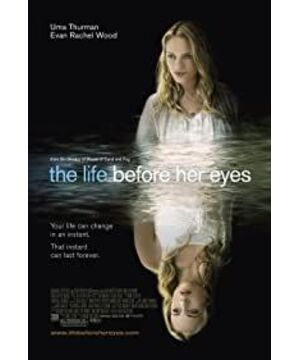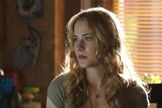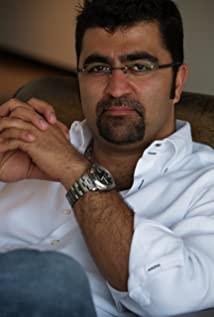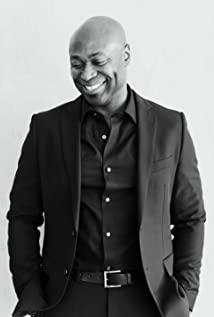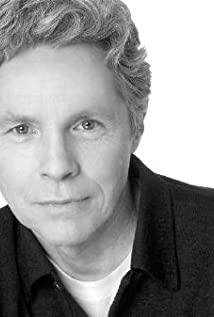So my understanding in a nutshell: Diana died in the event, and Maureen continued to live in place of D.
But even so, there are still a lot of fantasies in the film, and these fantasies all come from adulthood M: M constantly puts himself in the position of D in his youth by recalling the few words of D in his youth, experiencing that She has some yearning and even worshipping the life of a bohemian youth.
In her youth, D was not only a friend to M, but also her spiritual totem. The shooting incident shown at the end of the film is real, D died instead of M, and M was the survivor, but after a year of deep friendship, M decided to live in the way of D, making himself D, in order to continue the idol's life and life. own spiritual life.
After the incident, the surviving M dyed her blond hair, wore D's bracelet, and used her frozen yogurt tactics to capture the heart of Paul, a young professor who used to be D's favorite, and even tried to change her personality—— But no matter how hard she tries, she can only imitate, but never surpass:
1. She still relies on the foundation of knowledge in her youth to become an art teacher with no sense of achievement;
2. Whether it is D or she is now Anna in the class, she couldn't stop her from running towards her little ideal in her own way.
Finally, M, who has been in a state of schizophrenia, can no longer bear such a result: no matter how hard she tries, she still can't become what D in her mind, and she even feels hatred by D's daughter. This makes her hallucination finally: her young D, who has never been surpassed, has finally robbed her beloved husband P.
After the loss of his own child, Emma, M's hallucinations occurred one after another: daughter E was at the same time for the
adult M's life, because she inherited the support of D's spiritual drive, and at the same time was deeply shrouded in the shadow of D's death. M even hopes that she is killed, but Realization has helped her make a choice.
---- List the evidence as follows----
1. The story that M told her daughter at the bedside is the basis for supporting the whole logic: After confirming that her daughter was asleep, M said "Why do I want to be that person" .
2. Immediately afterwards, after a scene interspersed with animal carcasses and rotting food, M buried the machine in the bathtub, using an almost extreme environment to place himself in the story of young D, as if from underwater, really. Saw the intimate shot of D and his lover.
3. M replied that she was not a survivor because D, who she later "played", was actually dead.
4. At the end of the film, the chat between the two girls at the beginning of the film that is still replayed before the incident has actually paved the way for M-day's growth.
5. In the future world, there is no such person as M.
---- List of evidence for this aspect of Mulholland Drive----
disregarding the words of the paradox mentioned at the beginning of this article (this paradox cannot be proved, no one has died, right), support The evidence of the "Mulholland Drive"-style plot is also listed as follows:
1. Paul's speech, which is the basis for the entire illusion, is the intersection of reality and fantasy. "Your future depends on the present. The main thing that guides people's existence in the world is imagination. We hope that the right choices in the present will affect the future. We have the ability to imagine the future based on a fact we see." (paragraph Excerpted from the comments of the classmates).
2. The heart is the strongest muscle in the human body - so the dead have plenty of time to fantasize about the future.
3. There are more cells in the brain than there are stars in the galaxy - so the dead can imagine a sufficiently complete future.
4. The human body is 72% water - so there is so much water in the deceased's fantasy.
View more about The Life Before Her Eyes reviews


